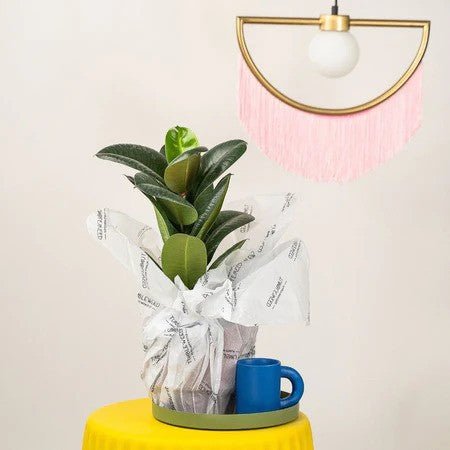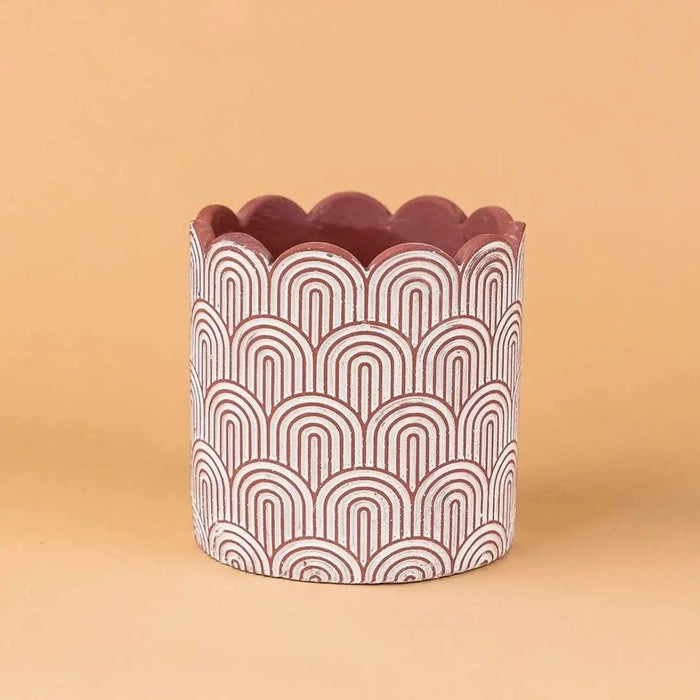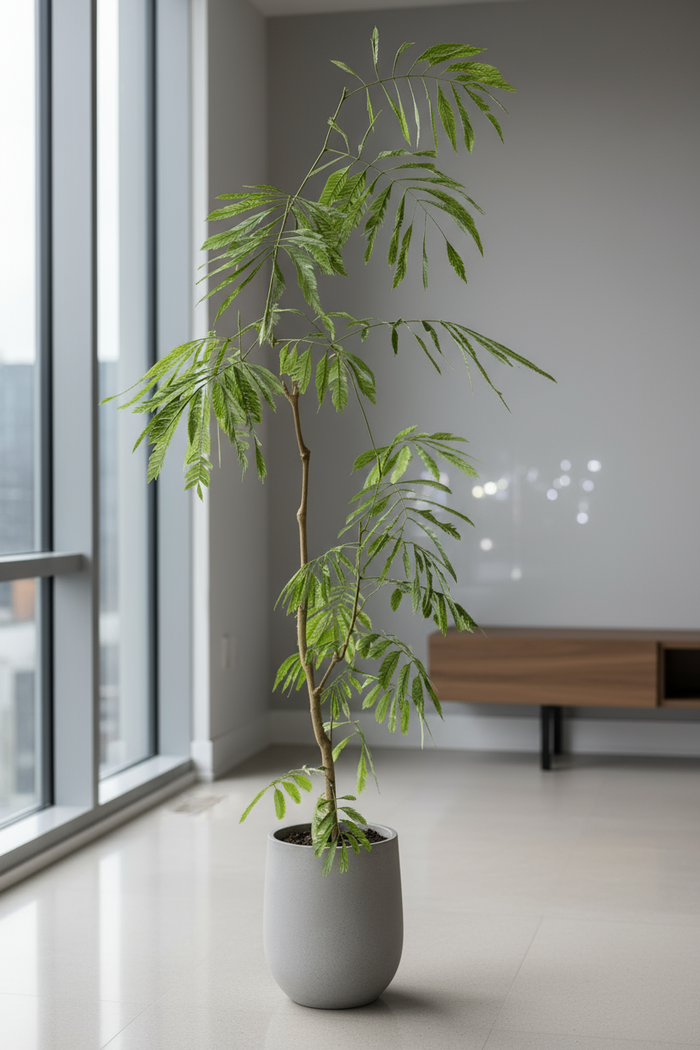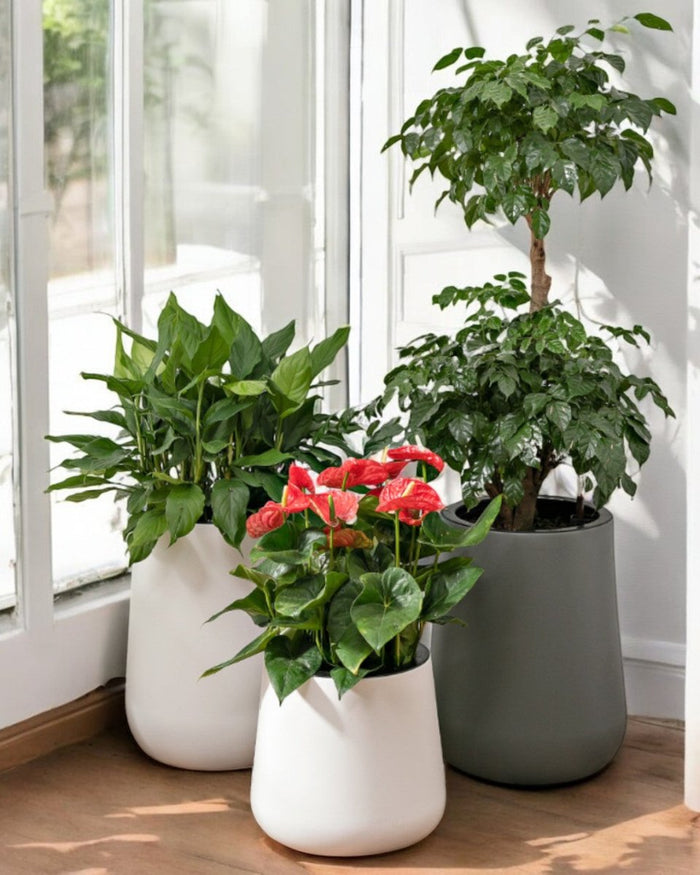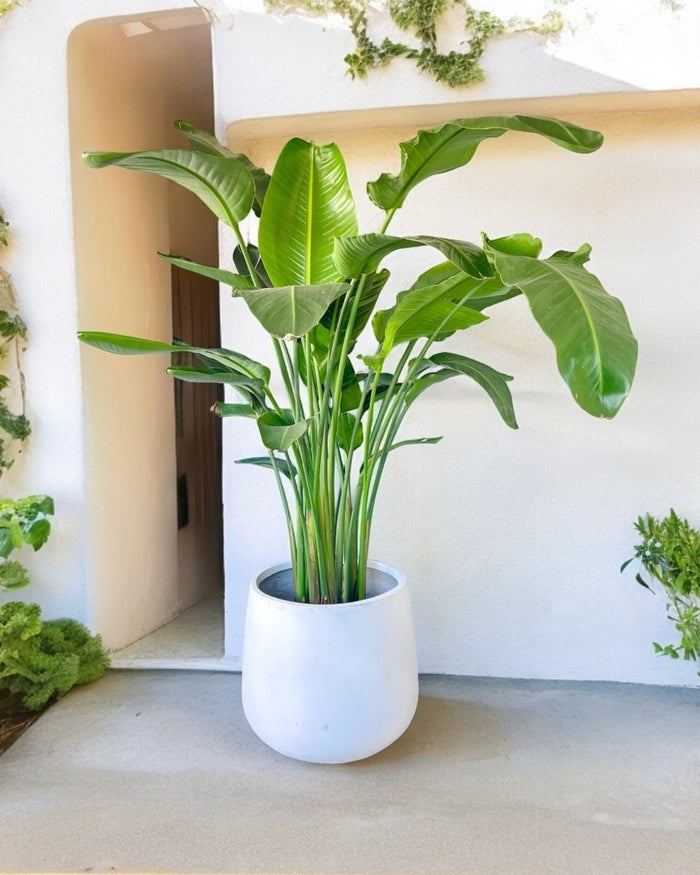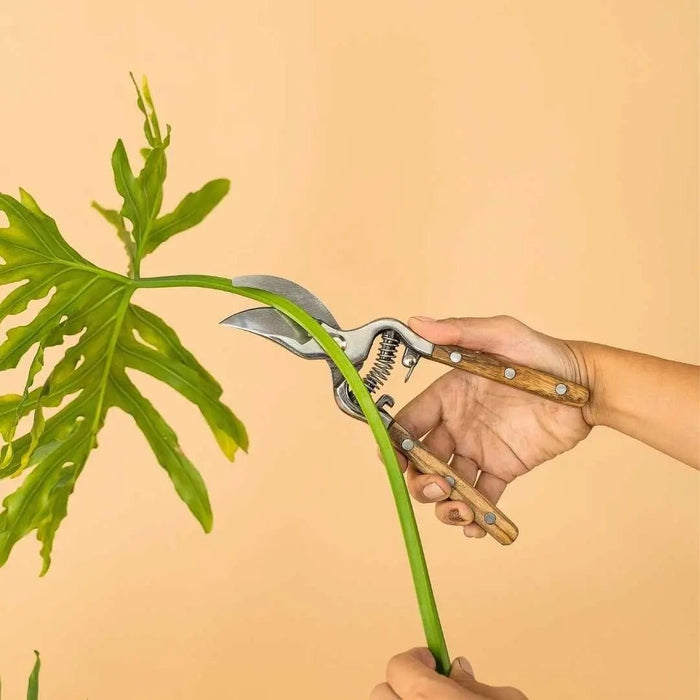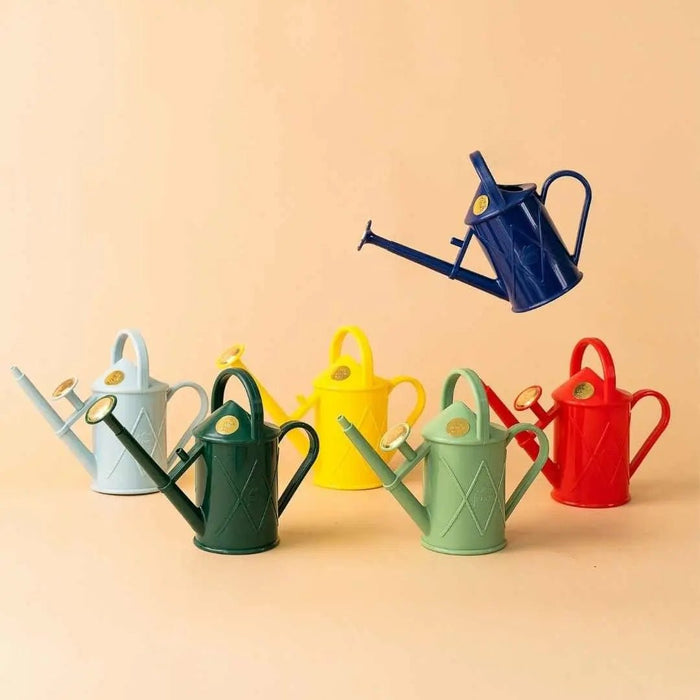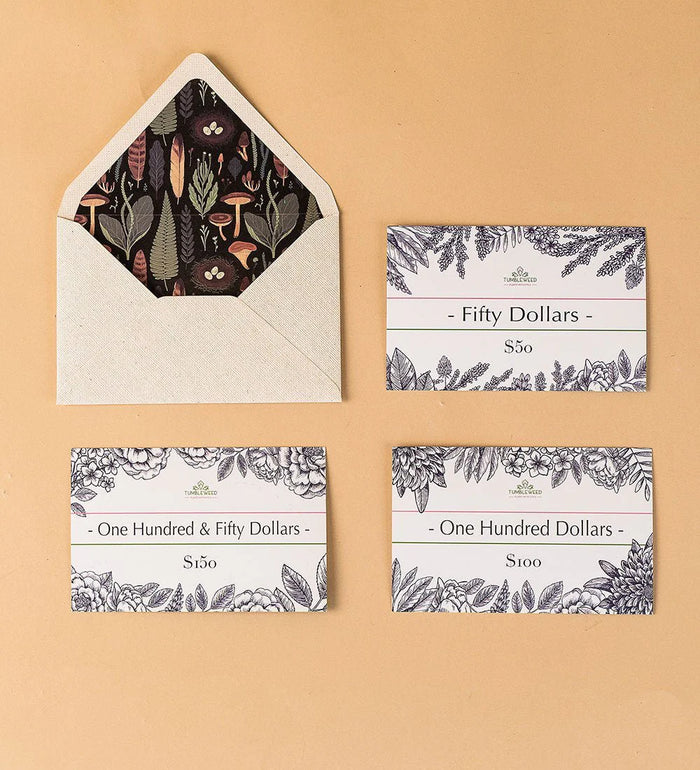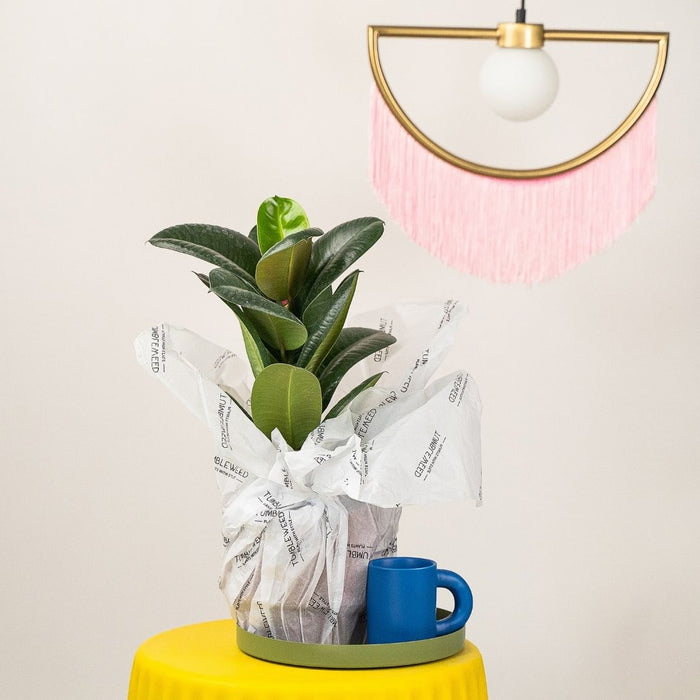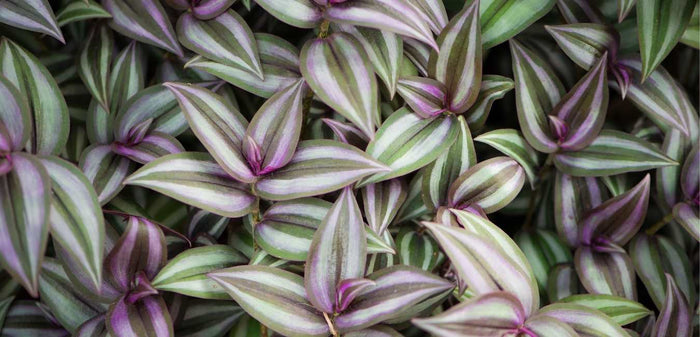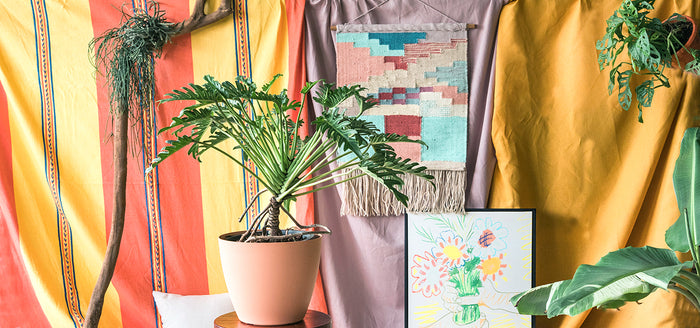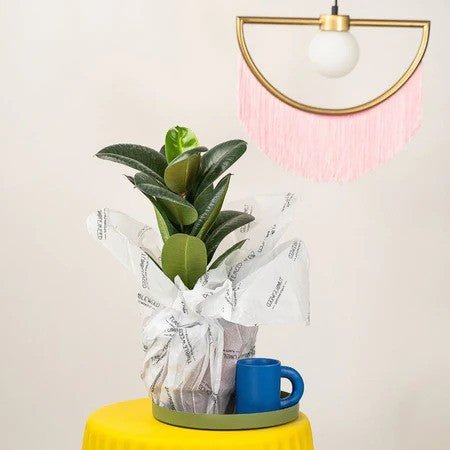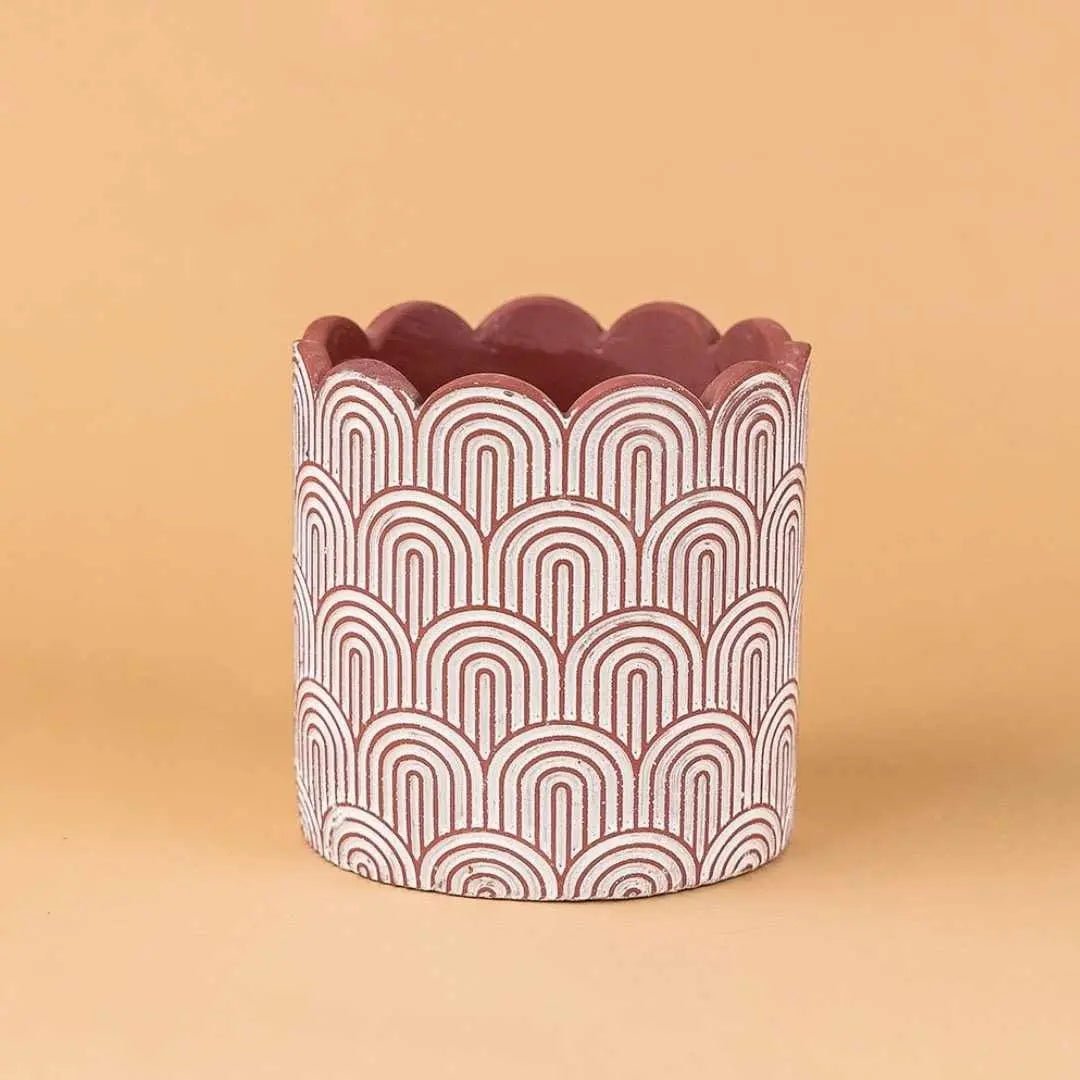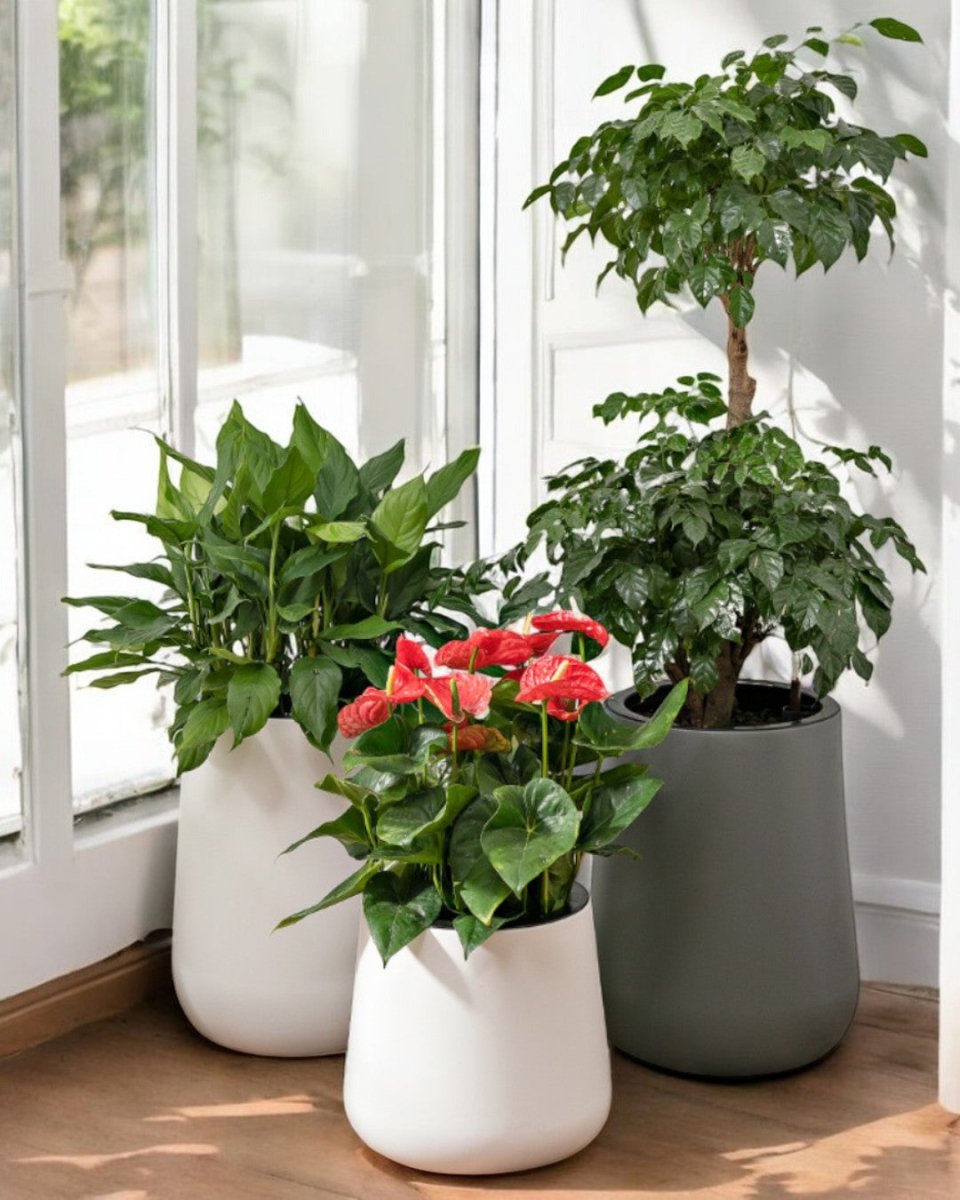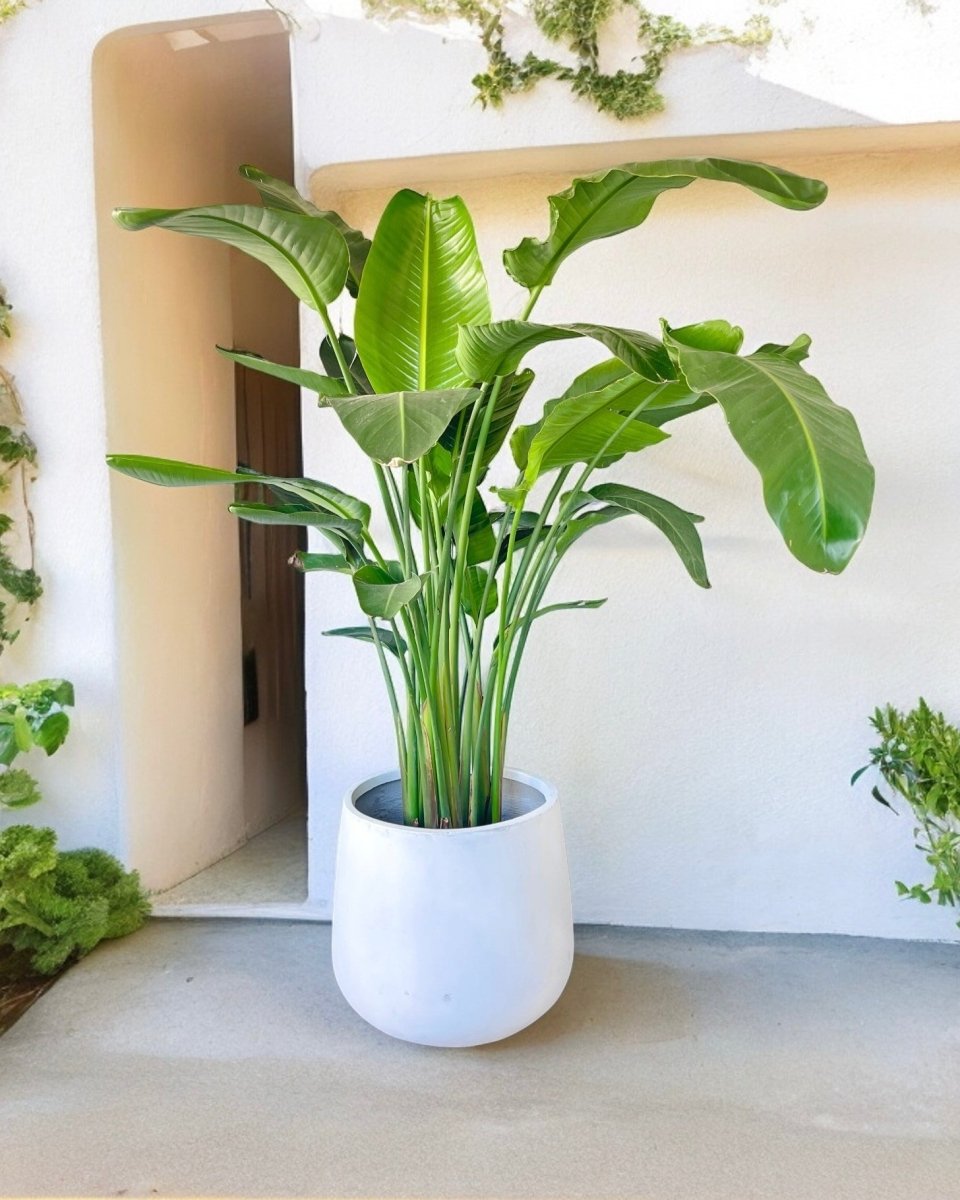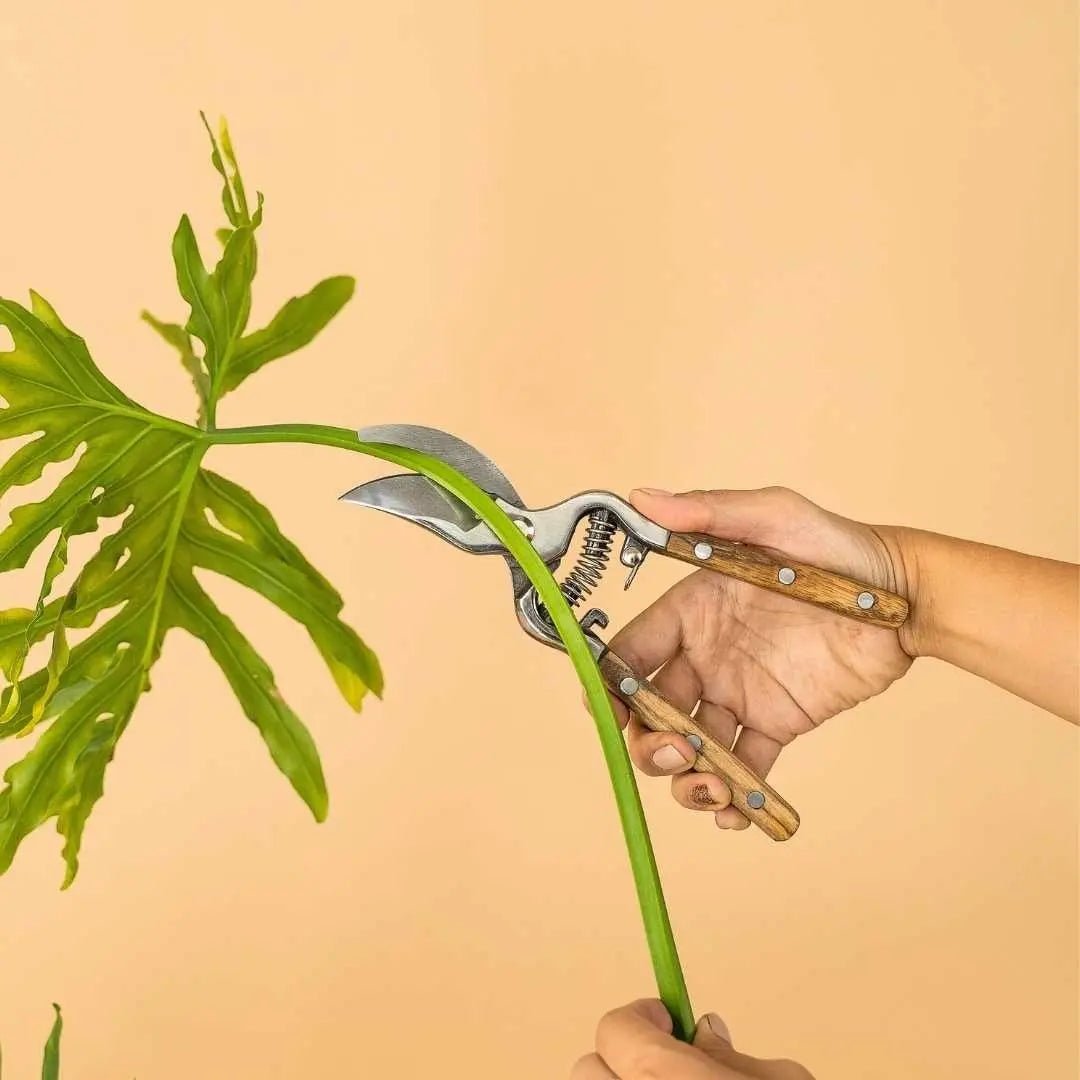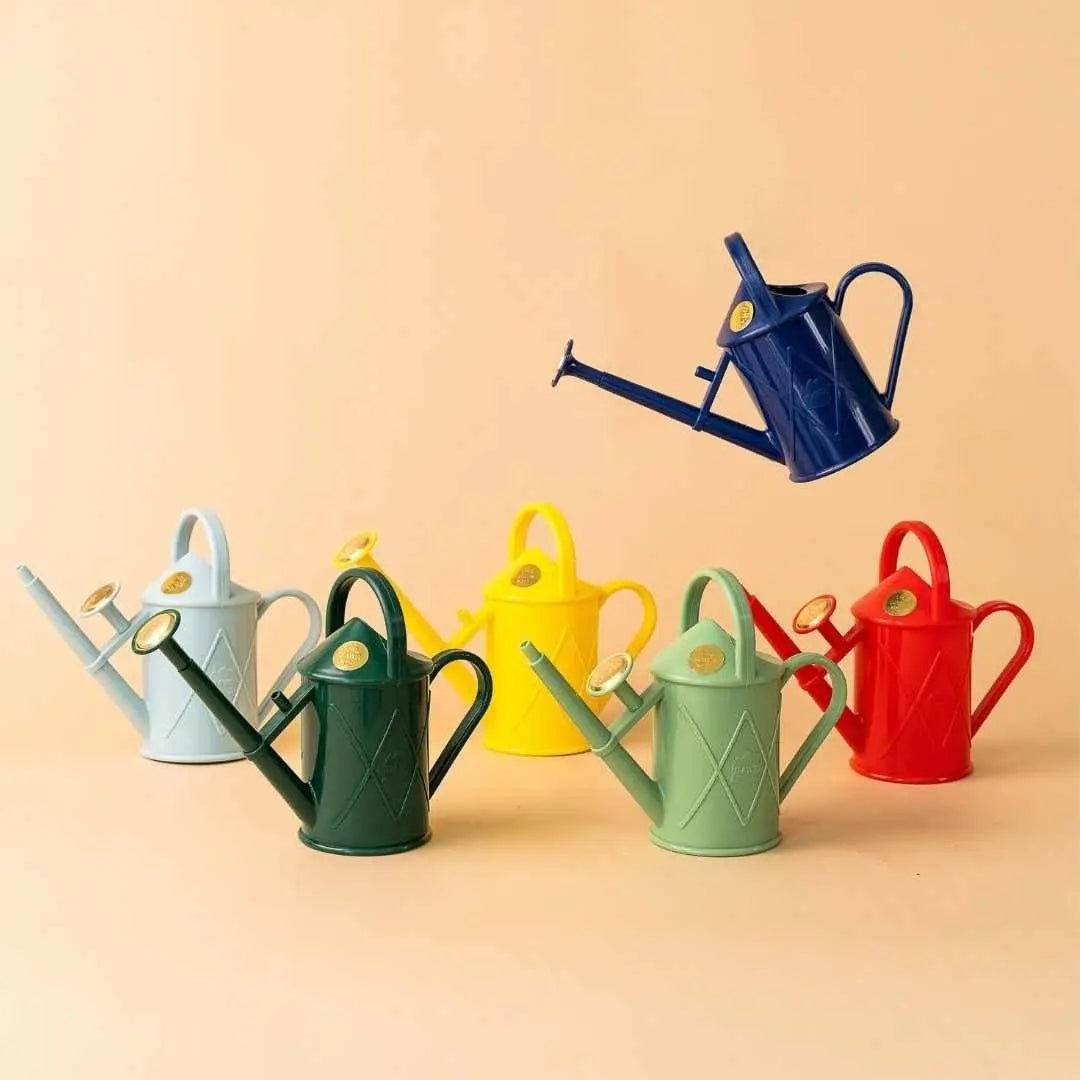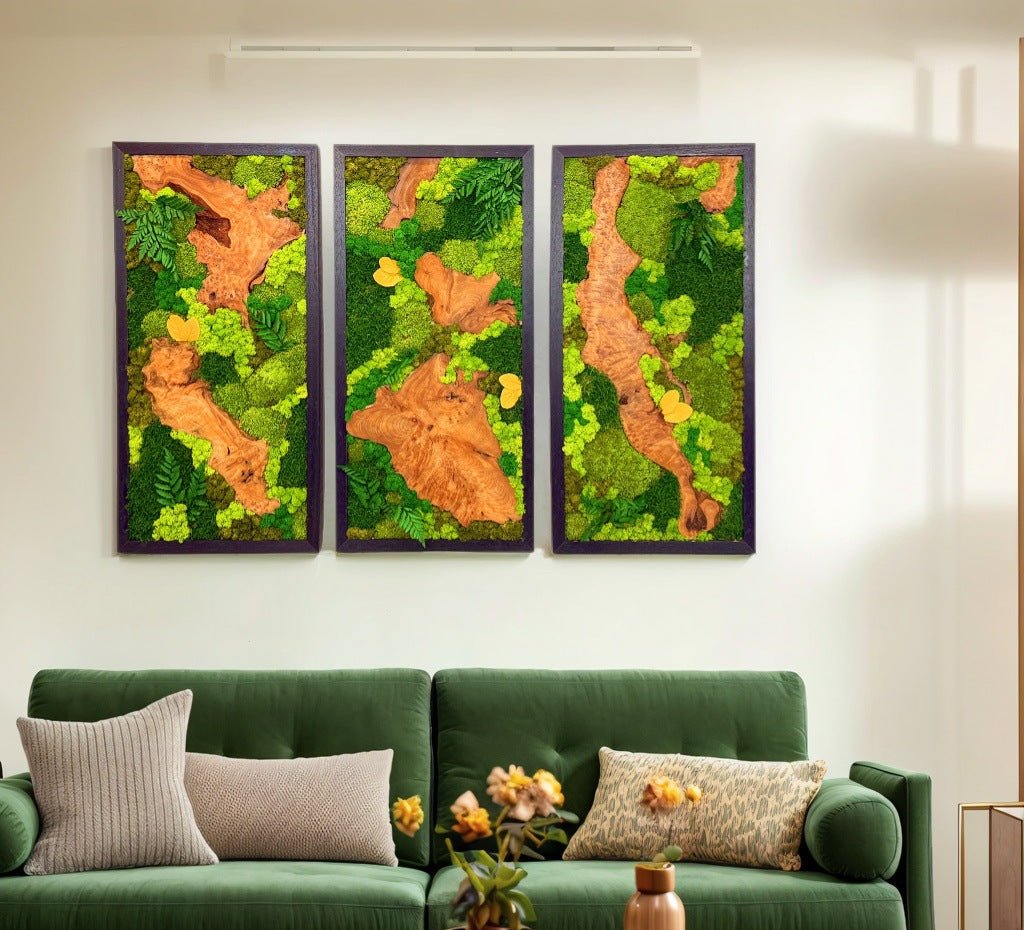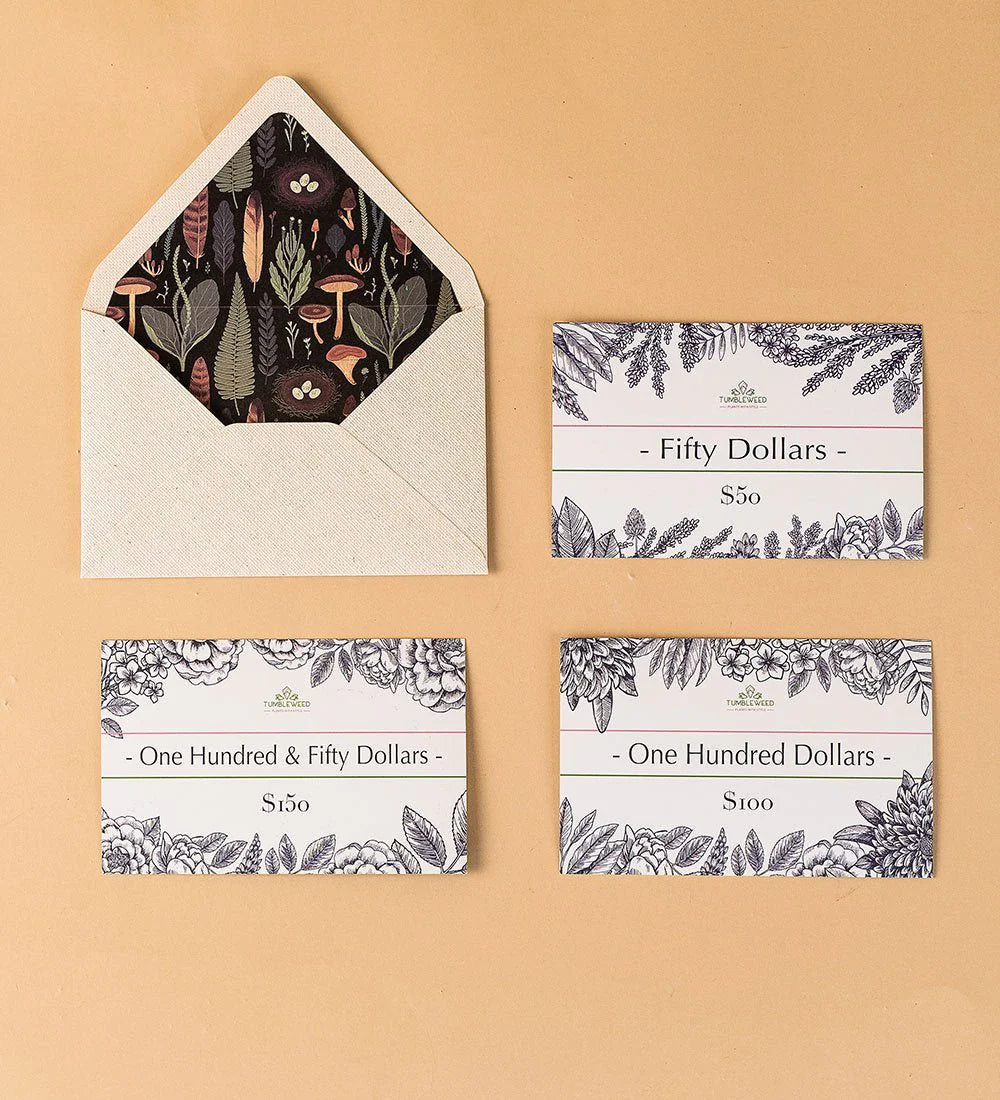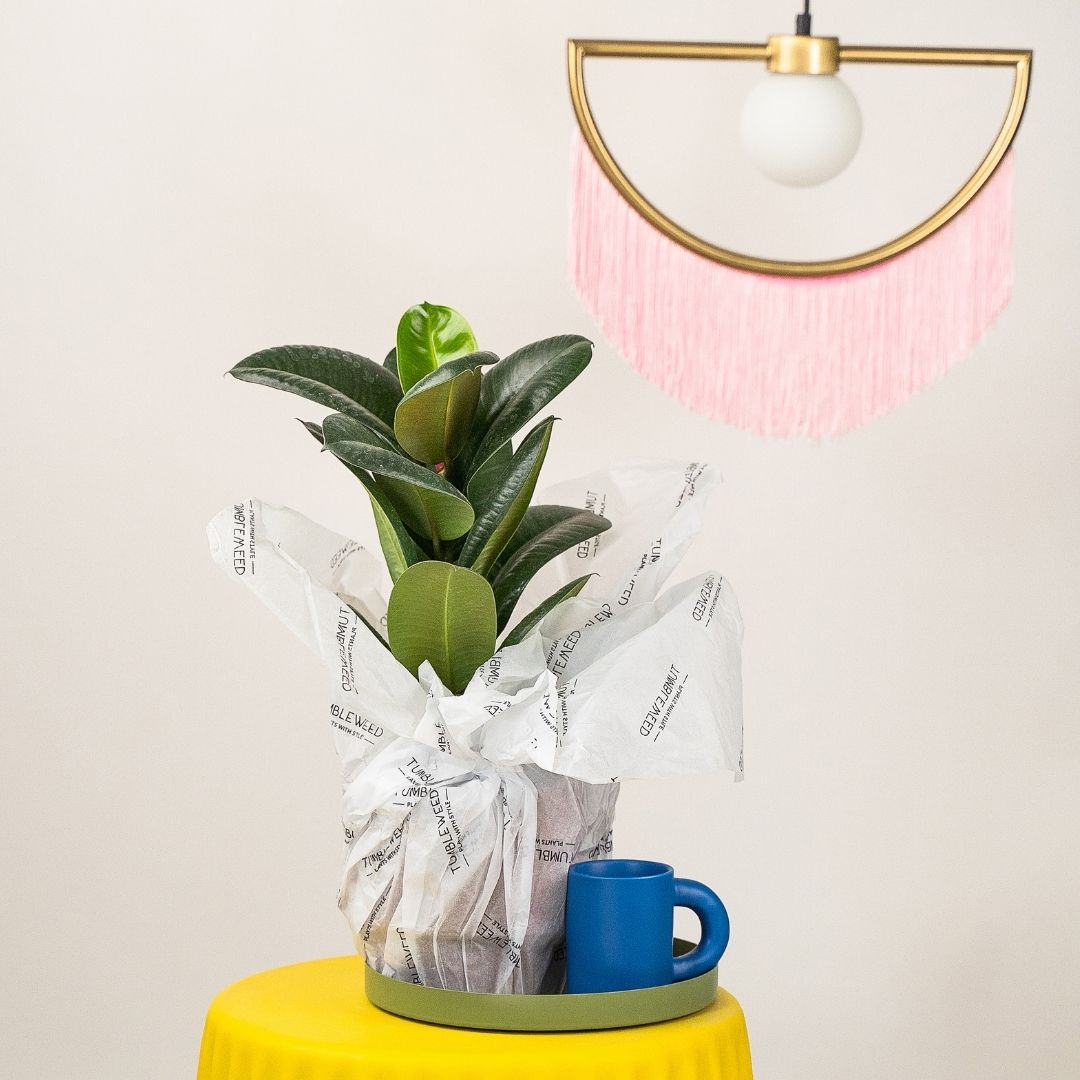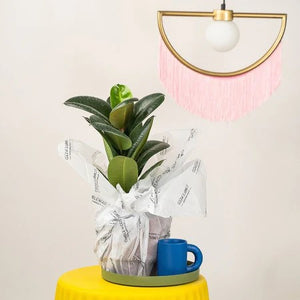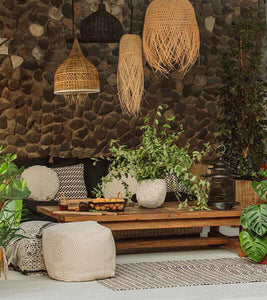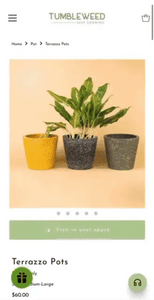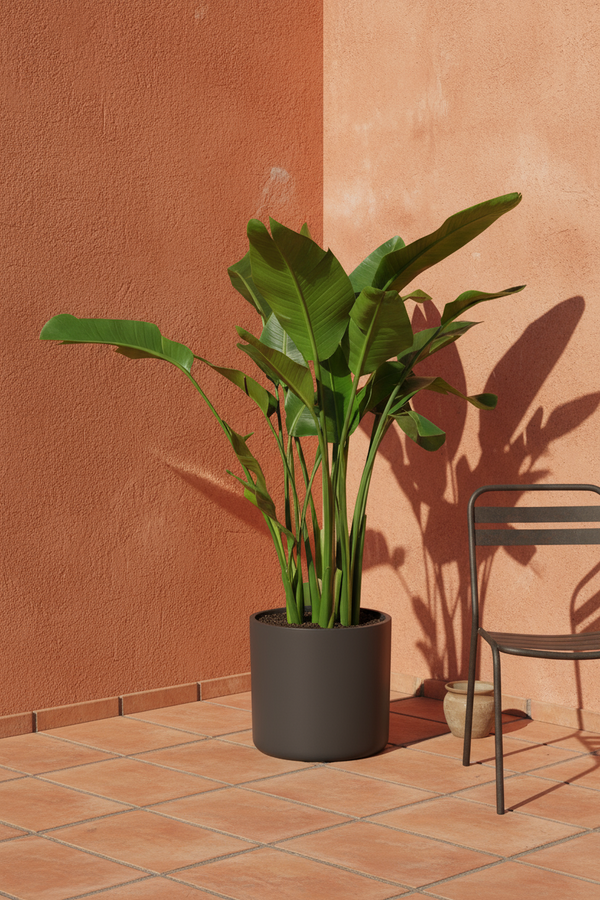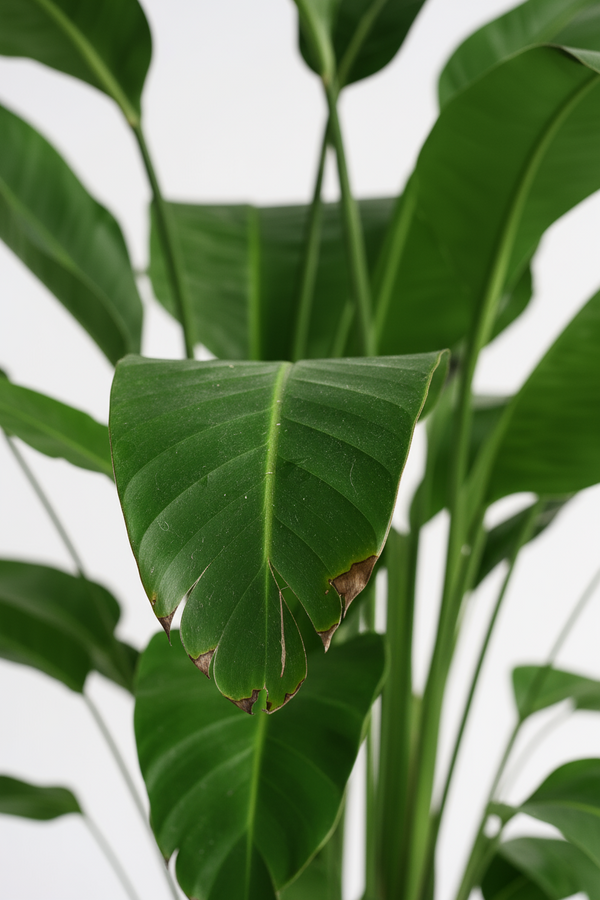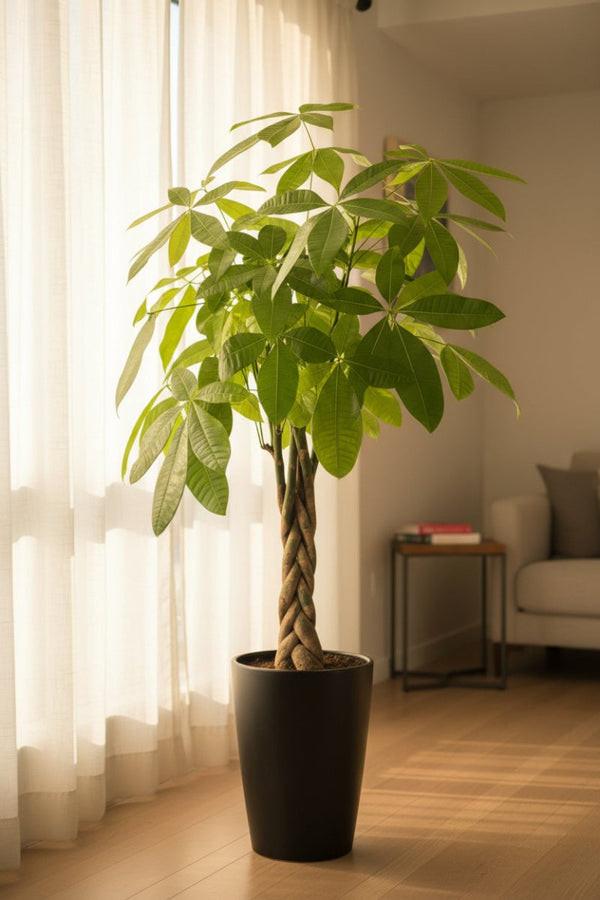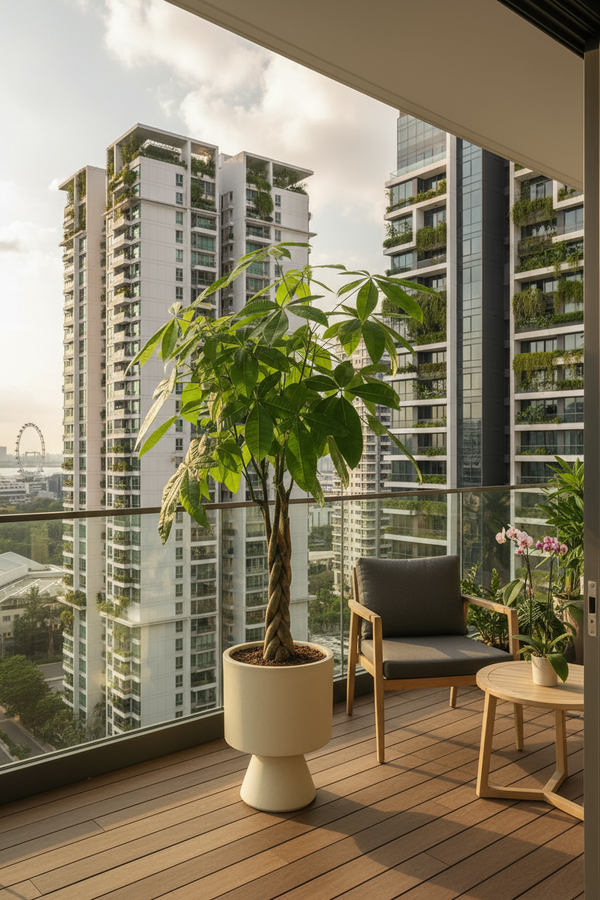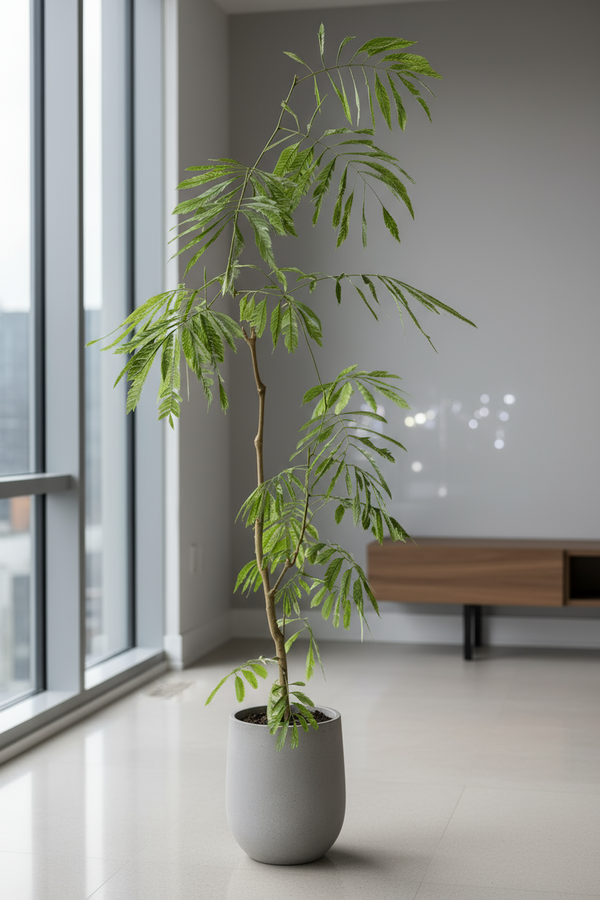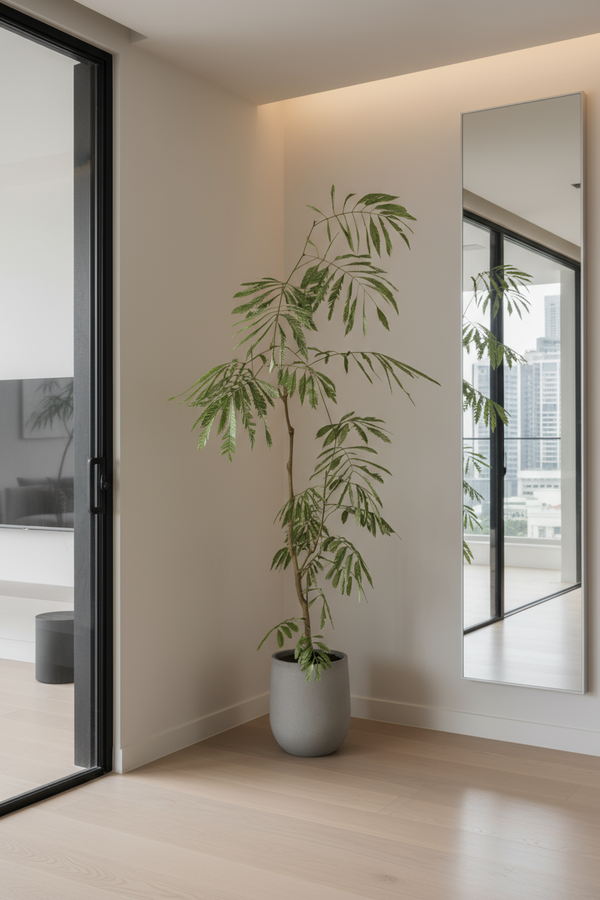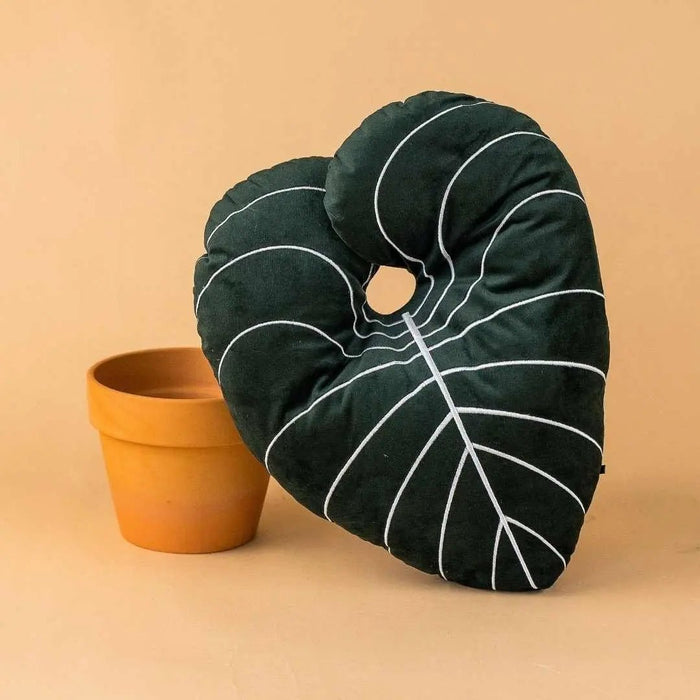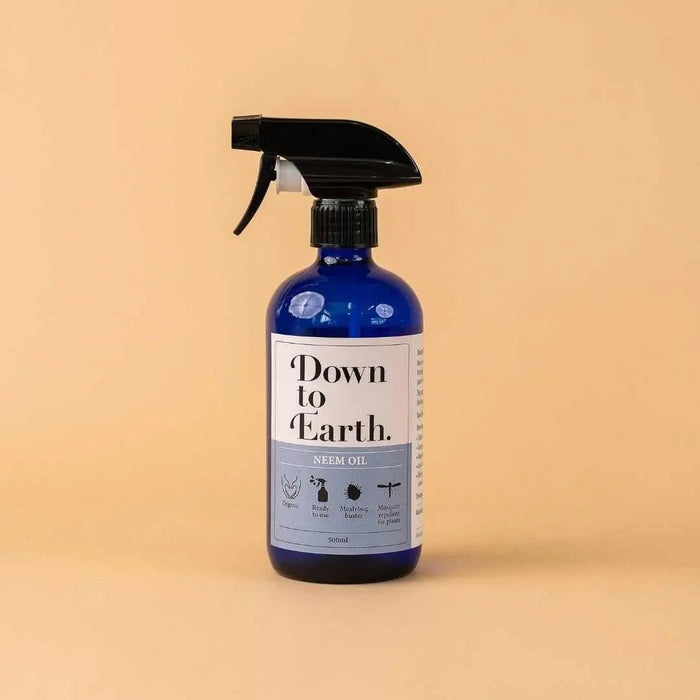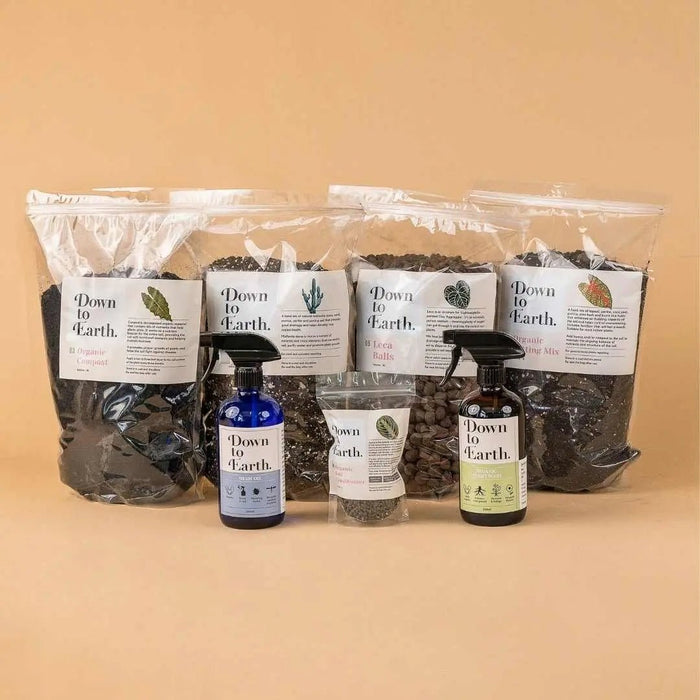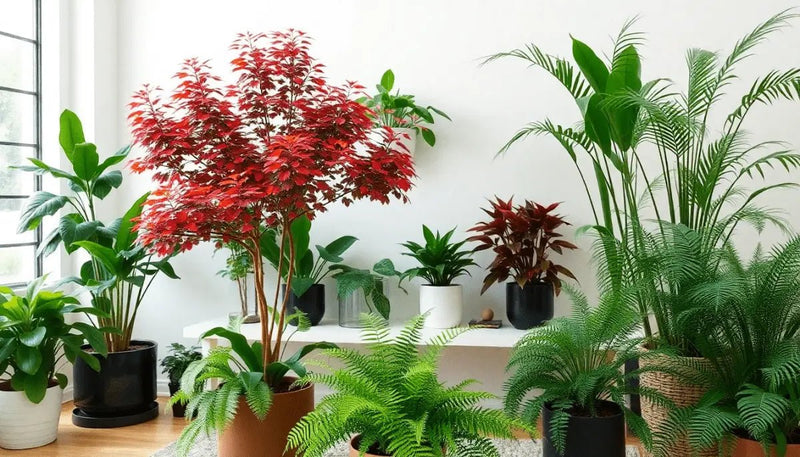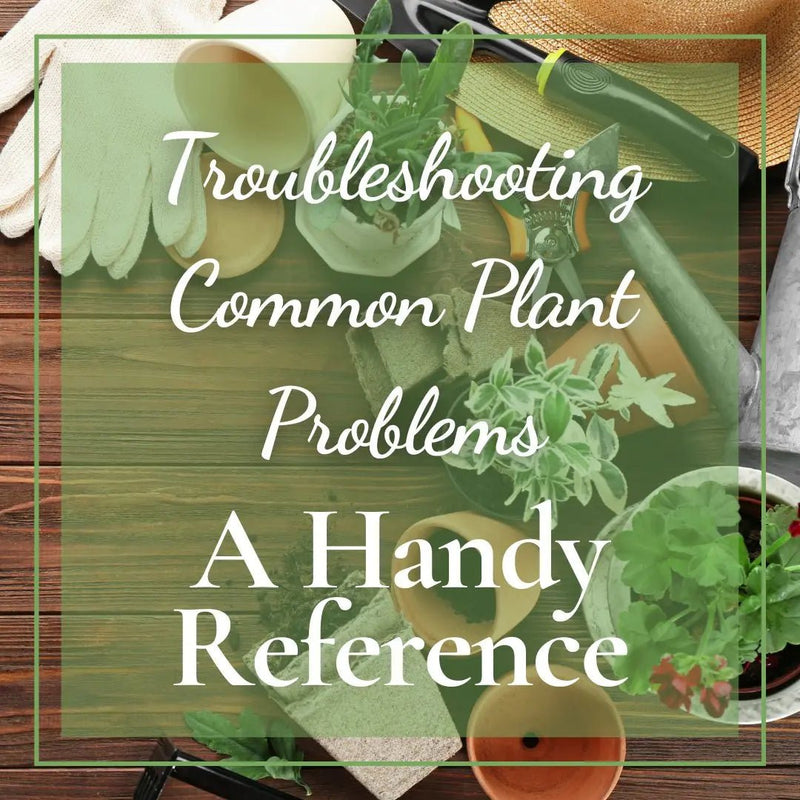All your plant can eat - our guide to plant and soil nutrition
Posted on June 19 2021
Buying plants is one of the easiest things to do. In the first weeks after getting them home they look healthy and are growing well, and you feel like you are embracing nature one plant at a time.
However, seemingly all of a sudden, they might just stop growing and start looking a little lifeless. What's going on? There are many aspects to learn when it comes to caring for plants, and one of the most important is knowing how to feed them. Most people have heard of fertilizers but there are other elements that go into healthy soil conditions, which work hand in hand to keep your plant growing healthily.
Here's our short guide to being a healthy plant feeder.

About Fertilizers
Fertilizers are a critical way to ensure that your plant receives enough nutrients to continue growing well. It is especially important for houseplants in pots to be fertilized regularly as nutrients are constantly being flushed out during watering. There are generally four types of fertilizers that exist on the market, liquid, powder, slow releasing granular fertilizers and organic fertilizers. These four types work in slightly different ways.
Liquid and powder fertilizers are the most common and easiest to use. Dilution can be easily done with water to alter the strength of the fertilizer depending on your plant’s needs. They can be used in two ways, they can either be watered into the potting medium or they can be sprayed onto your plant directly. This is called foliage feeding, and it is the quickest and most convenient way to feed your plant. However, application of liquid and powder fertilizers needs to be repeated over a shorter duration as compared to granular fertilizers as they leech out more easily.
For an effective and easy to use organic liquid fertilizer, check out our house brand Down to Earth. Organic Plant Food.
Granular fertilizers are slow releasing, breaking down slowly over the course of a few weeks which means they require less frequent application. However, they can only be applied directly to the soil and their rate of release is less controlled as compared to liquid and powder fertilizers.
Organic fertilizers are naturally produced from byproducts of animals or plants. They are chemical free and are the mildest out of all types of fertilizers. However, as they are made from natural products, they can carry an odour. Organic fertilizers in liquid form are a much better option in terms of the smell.
About Compost
Compost is decomposed organic matter. Like fertilizers, they provide essential nutrients that aid in plant growth. However, the most notable difference between fertilizers and compost is that compost feeds the soil while fertilizers feed the plant. This means that compost contains other components which, other than feeding the plant, also aid in keeping the soil abundant, for example, keeping microbes’ level high. Compost and fertilizers can be used together to give your plant the ideal environment.
For an easy to apply organic compost, check out our house brand Down to Earth. Organic Compost 03.

About Humus
Humus is a dark, organic matter than forms in soil when plant and animal matter decay. It is that dark substance that you find under all the leaf litter when you go hiking outdoors. Humus is extremely rich in nutrient and minerals, and it also brings many benefits to the soil. It helps in loosening soil which allow oxygen to reach the plant roots while also allowing the soil to retain more moisture.
We recommend Humus as a soil conditioner to help your plants absorb nutrients and moisture more efficiently from the soil.
For a hassle-free organic humus, check out our house brand Down to Earth. Organic Soil Conditioner 04.

Plant and soil nutrition are crucial for the overall health of your plant. It's important to know the different elements that go into good plant nutrition so you can choose the right products for your plants. Plant nutrition and soil nutrition have different specific aims but should be used together to help your plant grow healthily. A final tip, when it comes to fertilizing; less is always better than too much.
Now it’s time to get down and dirty!

